I am reviewing my knowledge in object-oriented programming. Under the relationship between classes topic, I have encountered some relationships which are a bit ambiguous to me.
I know dependency "uses-a" and inheritance "is-a" but I'm a bit unfamiliar with Aggregation, Composition, Association and Direct Association; also, which of them is "has-a" relationship. Some use Aggregation interchangeably with Association.
What is Direct Association? Also, what is Composition? In UML diagrams, the arrows that represents them are different. I would be really thankful if you could clear these things out for me.



